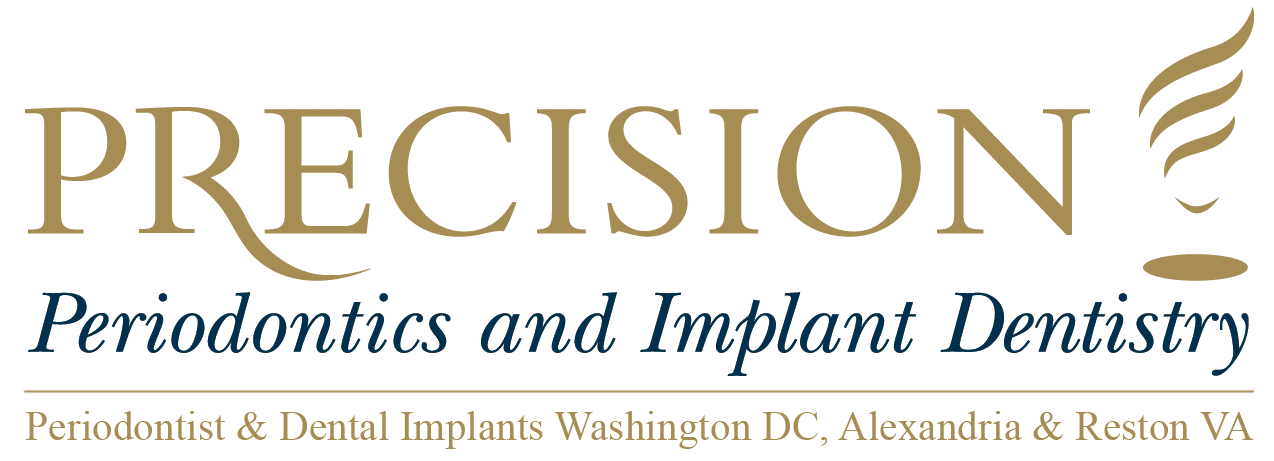Periodontology - Clinical Attachment Loss
Clinical attachment loss is the primary manifestation of periodontal disease. The fibers of the periodontal ligament attach the teeth to the alveolar bone, connecting with the cementum that covers the roots of the teeth. These periodontal ligament fibers are also connected to the gum tissue by an attachment apparatus that lies just at the height of the alveolar bone; this is called the supracrestal attachment apparatus, and it is made up of the junctional epithelium and the gingival connective tissue fibers. The junctional epithelium is coronal to the connective tissue fibers, meaning that the junctional epithelium is in the direction of the crown of the teeth. The alveolar bone surrounds the roots of the teeth and supports the teeth and is entirely covered by the tissue of the gingiva, or gums, which includes the junctional epithelium and the gingival connective tissue.
Periodontal disease is disease of the periodontium. The periodontium is the collection of highly specialized tissues that support and enclose the teeth and hold them into the maxillary and mandibular bones of the jaws. The maxillary bone is the bone of the top jaw, and the mandibular bone is the bone of the bottom jaw. The components of the periodontium, which comes from the Greek for “around the tooth,” include the gingiva, or gum tissue; the periodontal ligament; the cementum, which is the calcified substance that coats the roots of the teeth; and the alveolar bone. Diseases of the periodontium are divided into those that are destructive, and those that are non-destructive. They are further divided and classified by severity and the clinical manifestations of symptoms. Clinical attachment loss is an indicator of destructive periodontal disease, which means that the damage incurred from clinical attachment loss is irreversible. When clinical attachment loss has occurred, the fibers of the gingiva and the fibers of the periodontal ligament are destroyed and detach from the cemental surface of the tooth’s root, the junctional epithelium migrates to the surface of the tooth root, and the alveolar bone no longer supports the tooth.
In its earlier stages, periodontal disease is called gingivitis and is characterized by swelling, redness, and bleeding of the gum tissue. The primary cause of gingivitis is the excessive accumulation of dental plaque due to inadequate oral hygiene. Gingivitis is non-destructive and can be reversed, but if left unaddressed will progress to periodontitis, which is destructive. Though it cannot be reversed, periodontitis can be treated, and treatment requires ongoing maintenance in order to keep the destructive effects of periodontitis in check. In its earliest stages, periodontitis has few symptoms and may remain undetected. During regular dental checkups, however, dentists can perform basic periodontal examinations to determine whether gingivitis or periodontitis is present, which underscores the importance of periodic dental checkups. Once symptoms manifest, they may include swelling, redness, or bleeding of the gums; bad breath or a bad taste in the mouth; recession of the gum tissue, sometimes making the teeth appear longer than they are; deep pockets between the gums and the teeth; and loosened teeth that may be mobile or fall out. If allowed to progress untreated, periodontitis will continue to destroy the tissues of the periodontium, eventually leading to loss of the teeth, resorption of the jaw bone, and possibly to painful ulceration or abscess of the tissues of the periodontium.
